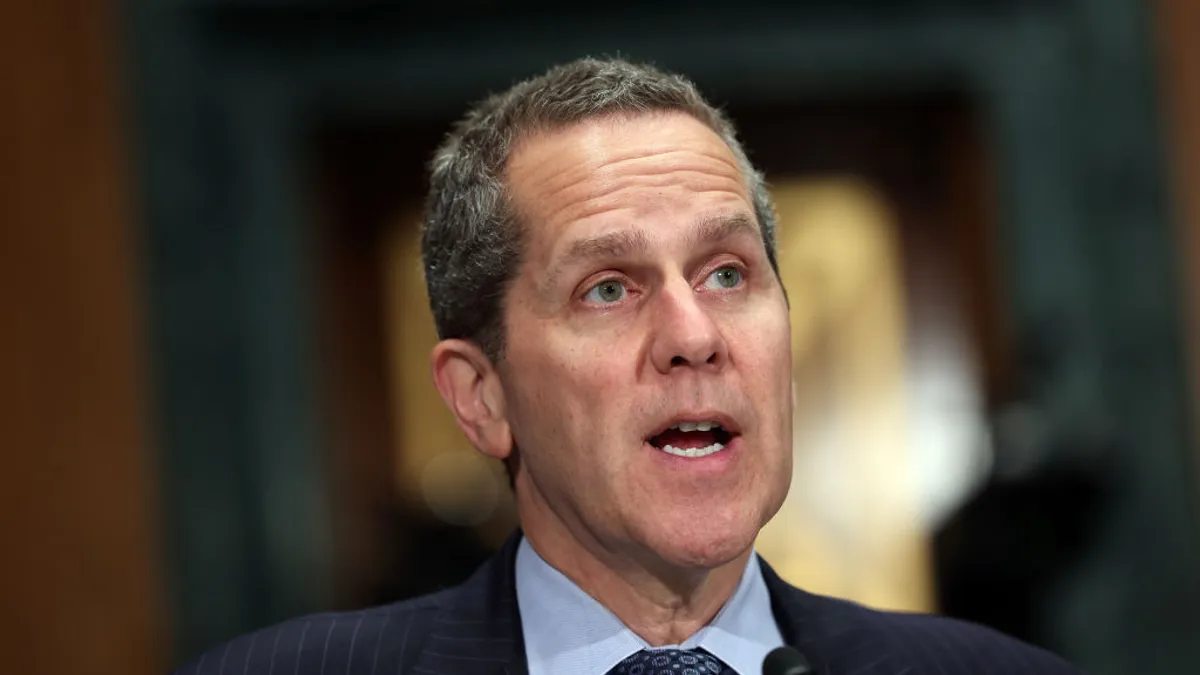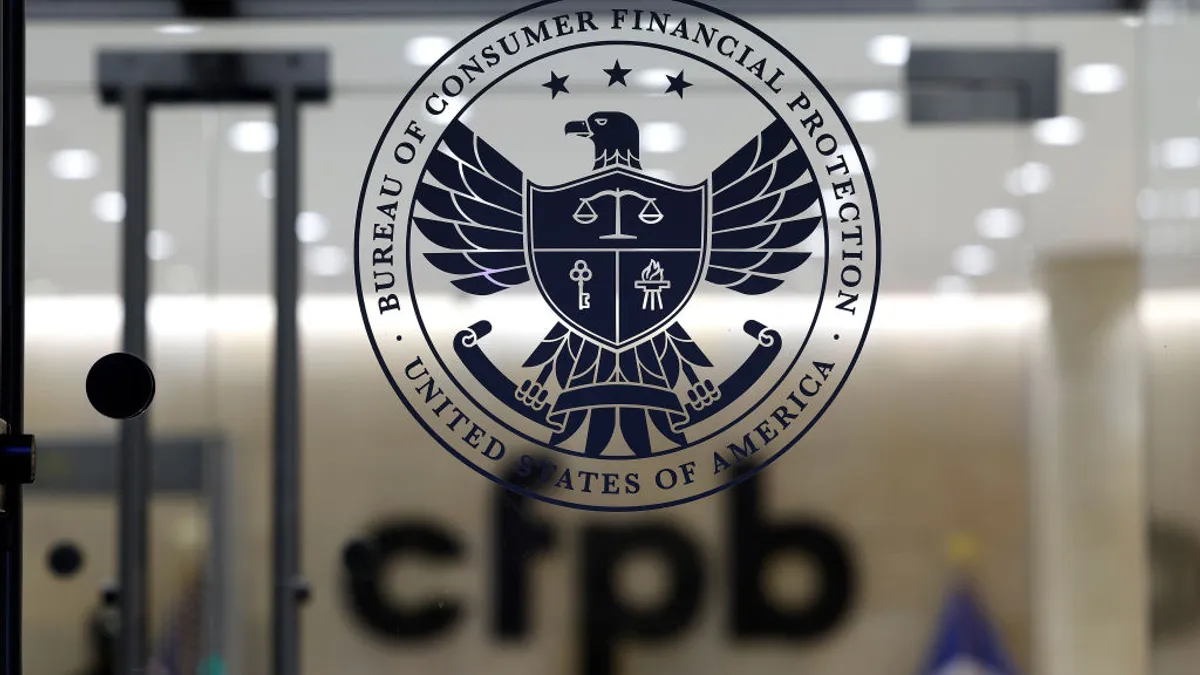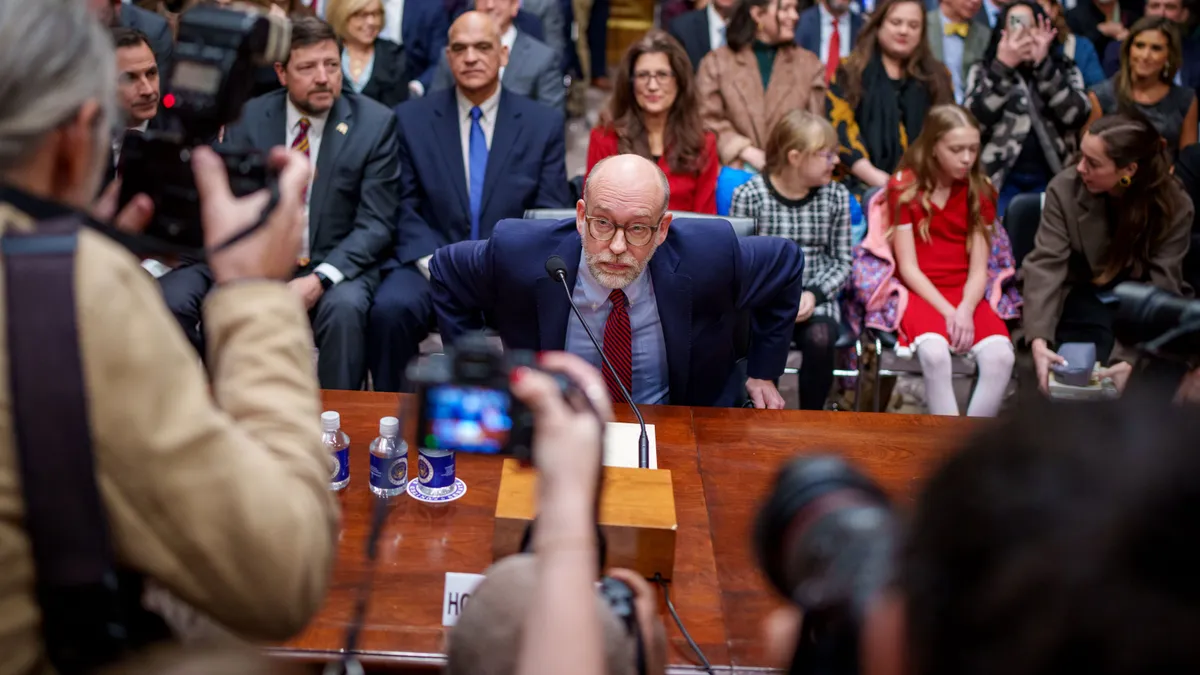Blame for Signature Bank’s downfall falls squarely on poor management, the Federal Deposit Insurance Corp. reported on Friday following an evaluation of the bank’s failure and the FDIC’s supervision of the bank.
The FDIC found that Signature’s board and management “pursued rapid, unrestrained growth without developing and maintaining adequate risk management practices and controls appropriate for the size, complexity and risk profile of the institution.”
The management “did not prioritize good corporate governance practices, did not always heed FDIC examiner concerns, and was not always responsive or timely in addressing FDIC supervisory recommendations,” the report said.
Signature collapsed in March shortly after the failure of Silicon Valley Bank. It’s collapse seemed to come as a surprise to its leaders, including bank board member and former lawmaker Barney Frank, who told CNBC in March that Signature’s deposit run was “purely contagion from SVB,” and that there was “no real objective reason” for regulators to seize Signature.
Following the bank’s collapse, FDIC Chairman Martin Gruenberg commissioned the FDIC Chief Risk Officer and Deputy Director Division of Finance Marshall Gentry to conduct a review of Signature’s failure and of the FDIC’s supervision of Signature from 2017 through 2023.
According to the report, the FDIC’s New York Regional Office downgraded Signature’s liquidity component to a 3, i.e. “needs improvement,” in 2019.
What it did not downgrade, however, was management performance, which was evaluated as satisfactory until the bank’s failure.
“Given the recurring liquidity control weaknesses, SBNY’s unrestrained growth, and management’s slow response to address findings, it would have been prudent to downgrade the Management component rating to ‘3,’…as early as the second half of 2021,” the report said.
Within its report, it detailed turnover and staffing issues at the FDIC’s NYRO, noting that since 2020, about 40% of the large financial institution examiner positions in the office “have been vacant or filled by temporary staff,” and multiple LFI teams are plagued by vacancies.
For its part, the bank should have put in a liquidity stress test that was more robust, and also followed better corporate governance practices, Gentry said on a press call Friday.
“Really, as the bank was growing, [they should have] made sure the risk management was [growing] with that growth,” Gentry said.
Like Silicon Valley Bank and Silvergate Bank, which befell the same fate as Signature late in March, the bank’s association with cryptocurrency was a point of interest for regulators. Securities and Exchange Commission Chair Gary Gensler pegged the banks’ failures to their exposure to crypto last week while New York Division of Financial Services Superintendent Adrienne Harris said, at least for Signature, that that wasn’t the case.
Blaming crypto was a “misnomer,” she said, instead blaming an outflow of crypto deposits from various types of depositors.
The FDIC said it was at least part of the problem, though, noting in its report that Signature “failed to understand the risk of its association with and reliance on crypto industry deposits or its vulnerability to contagion from crypto industry turmoil that occurred in late 2022 and into 2023.”
“Although fallout from the liquidation of Silvergate and the failure of SVB was unprecedented and unfolded rapidly, SBNY’s poor governance and inadequate risk management practices put the bank in a position where it could not effectively manage its liquidity in a time of stress, making it unable to meet very large withdrawal requests,” the FDIC reported.
As for whether or not there would be heightened supervision for banks associated with crypto, Gentry neglected to give his two cents and said that was “not a question for me.”
The FDIC report comes the same day as a report from the Federal Reserve on the collapse of Silicon Valley Bank, which overshadowed Signature as the second largest bank failure in U.S. history.
Signature was the nation’s third-largest bank failure. In the Fed’s post-mortem, it said SVB failed because of a “textbook case of mismanagement,” and also noted fault of its own. Fed supervisors were slow to identify problems and take action, the central bank said.





















